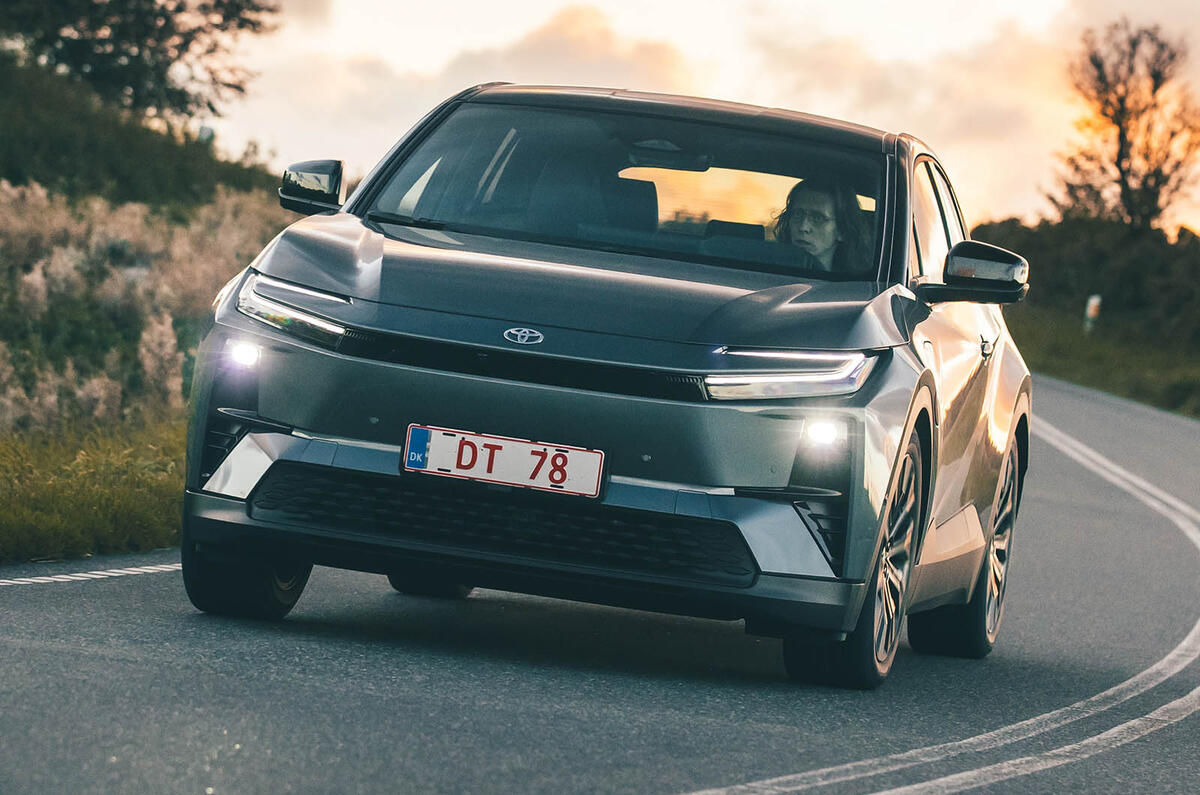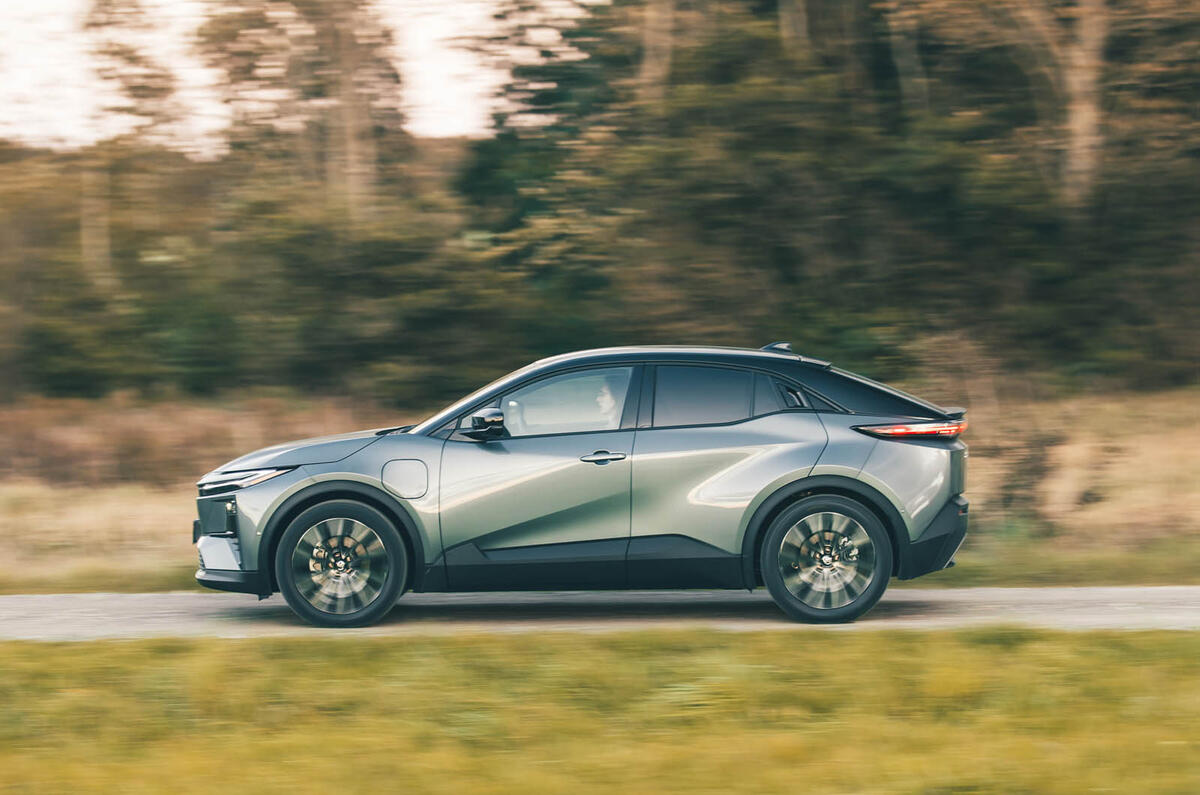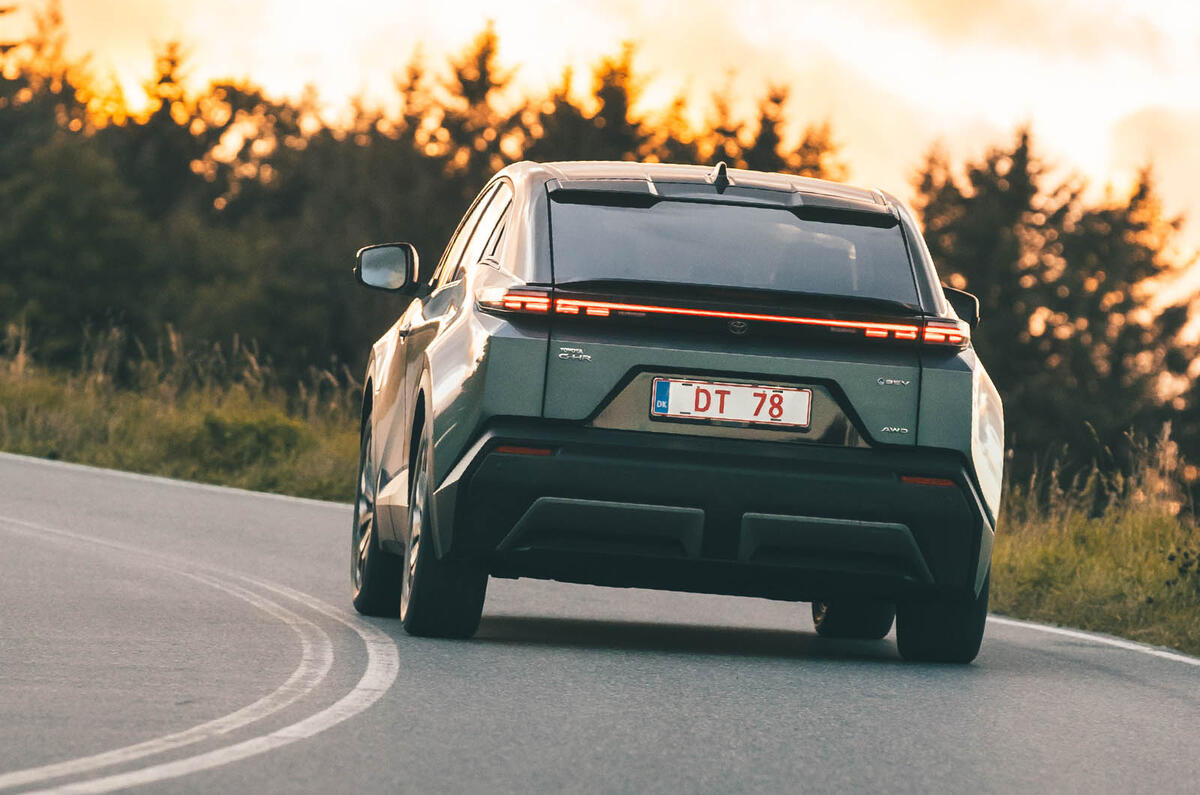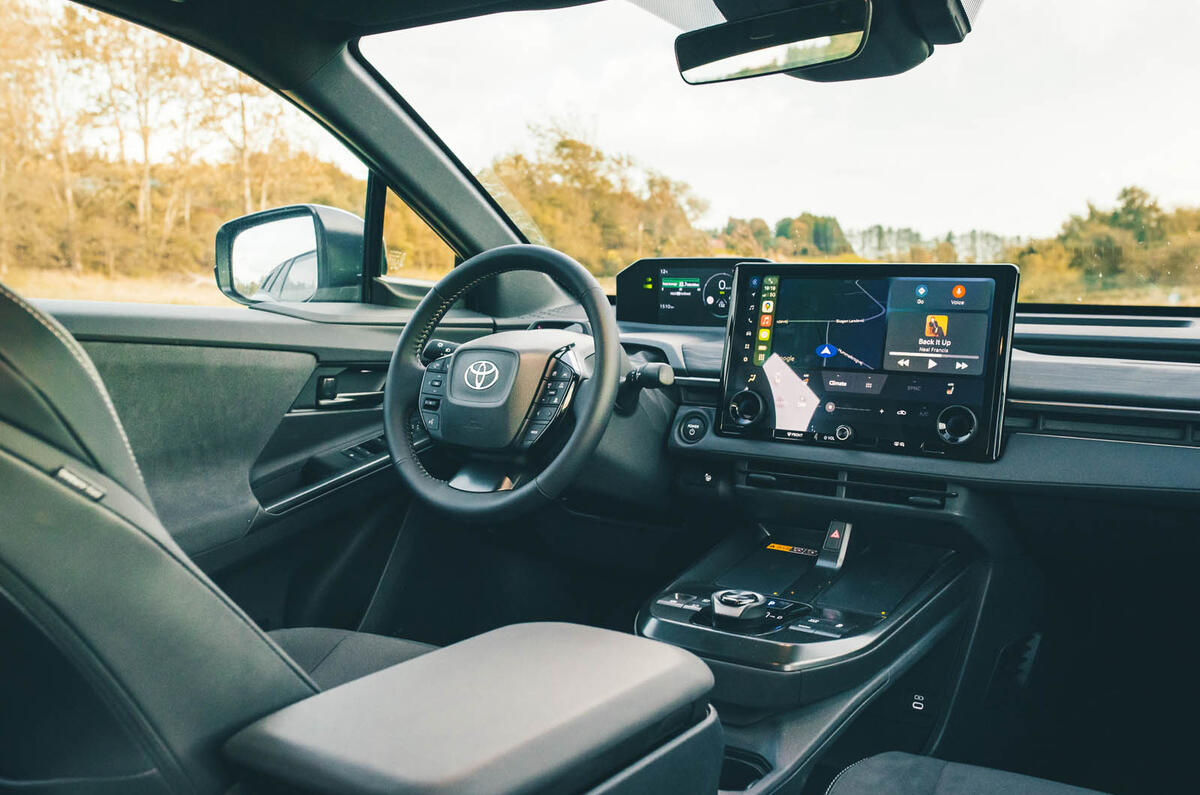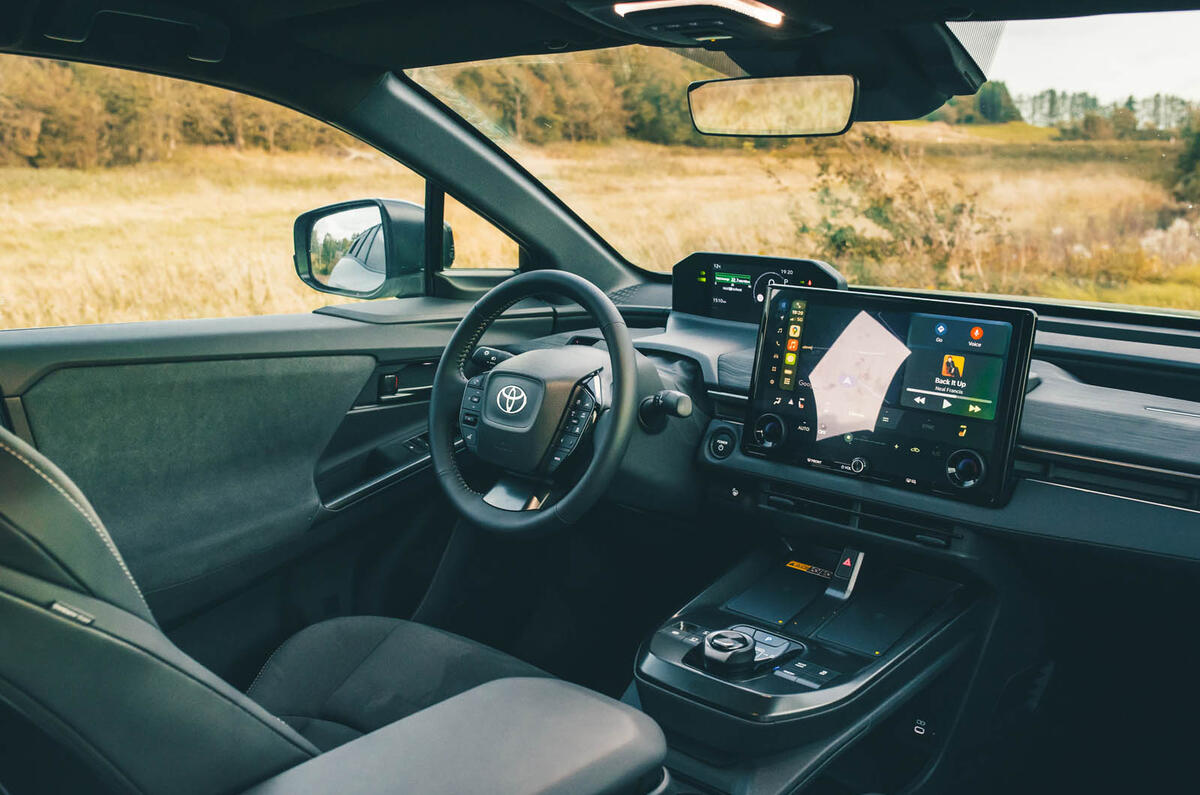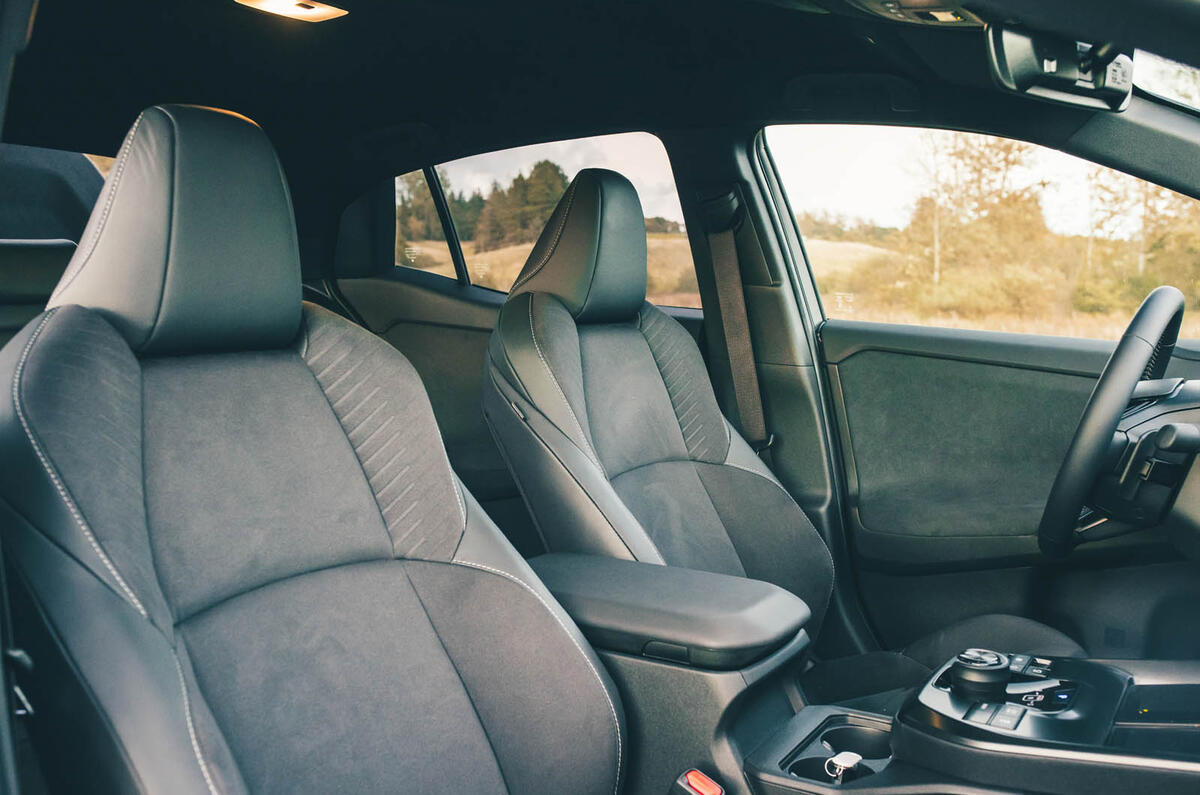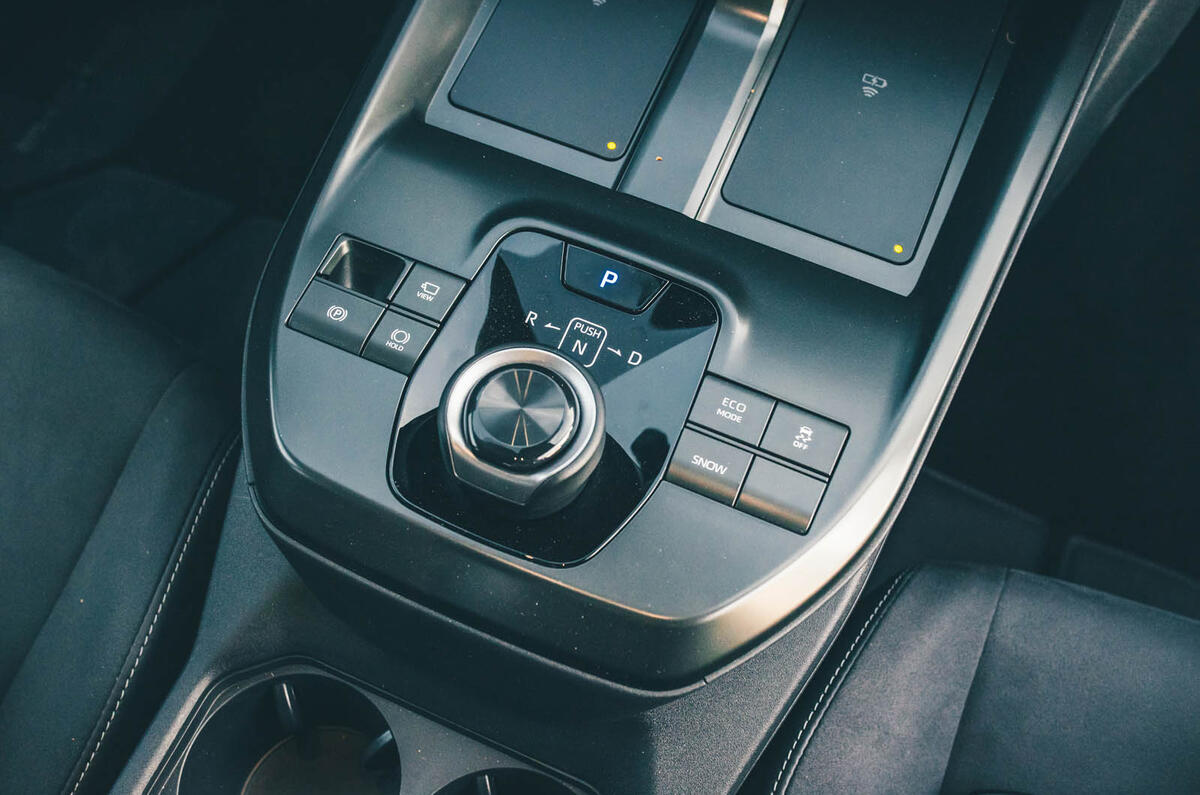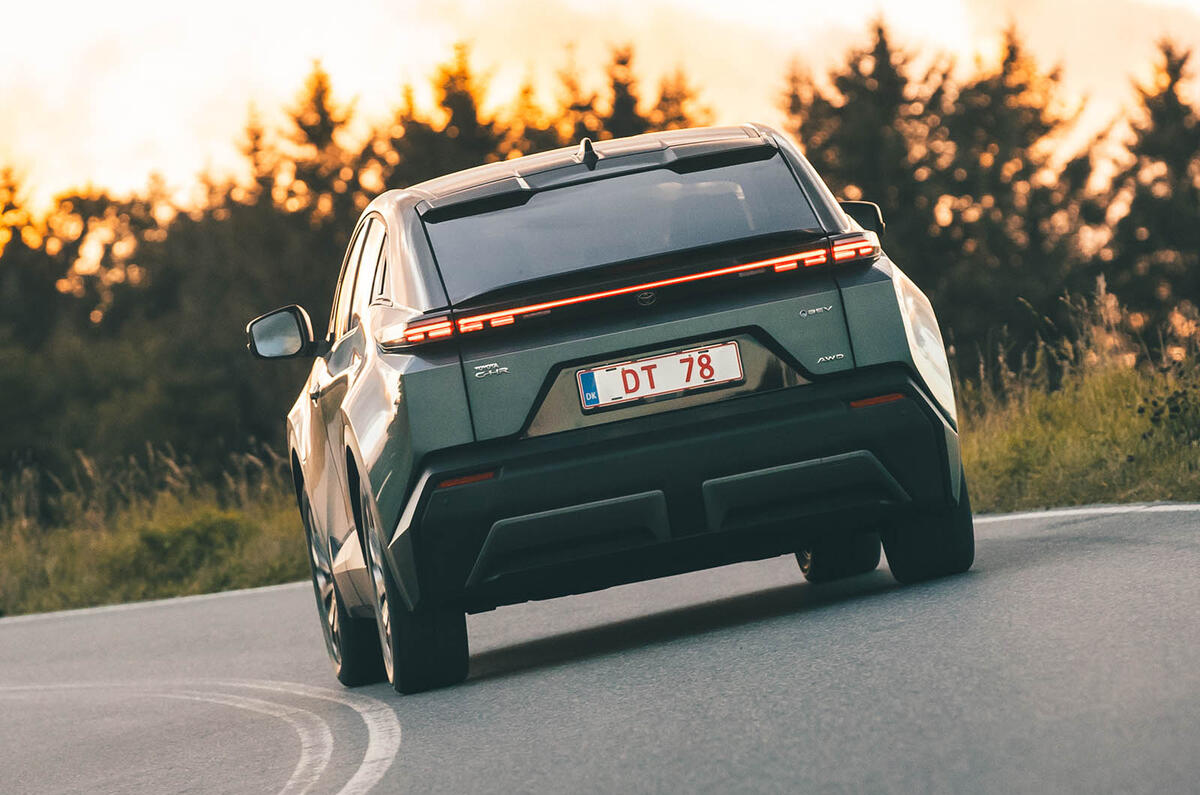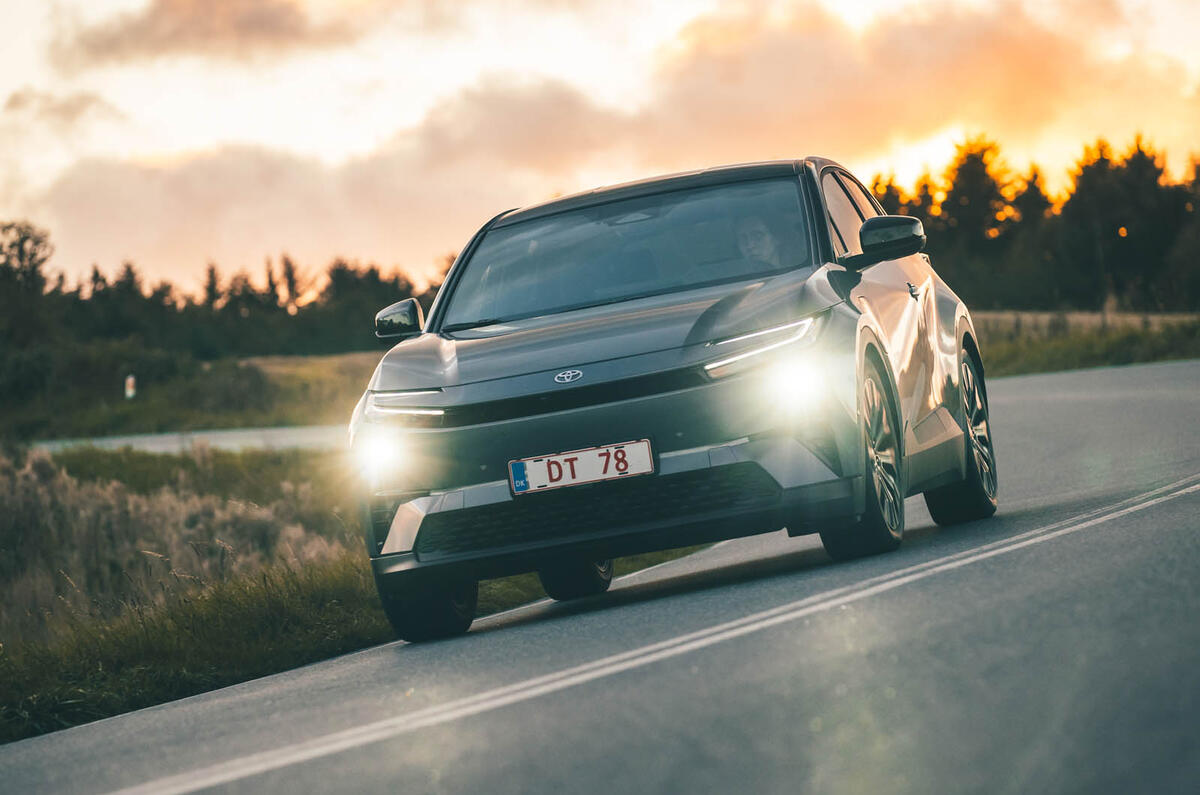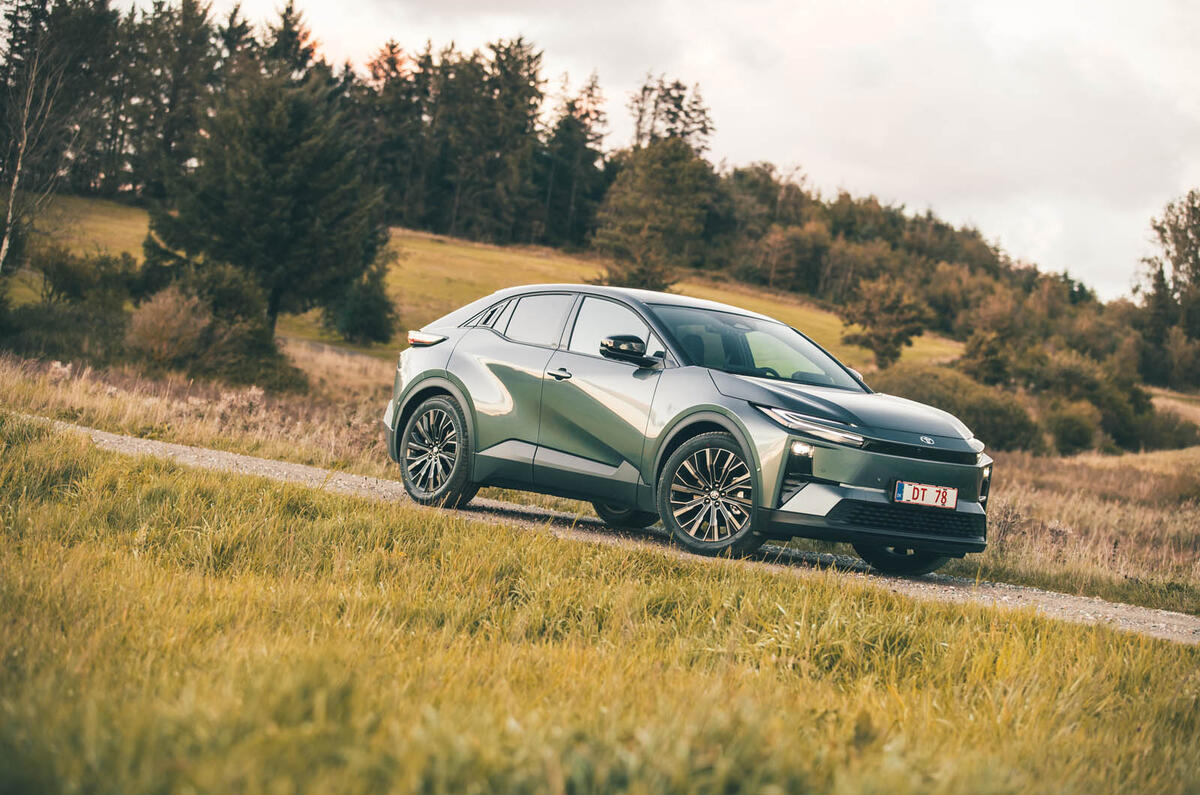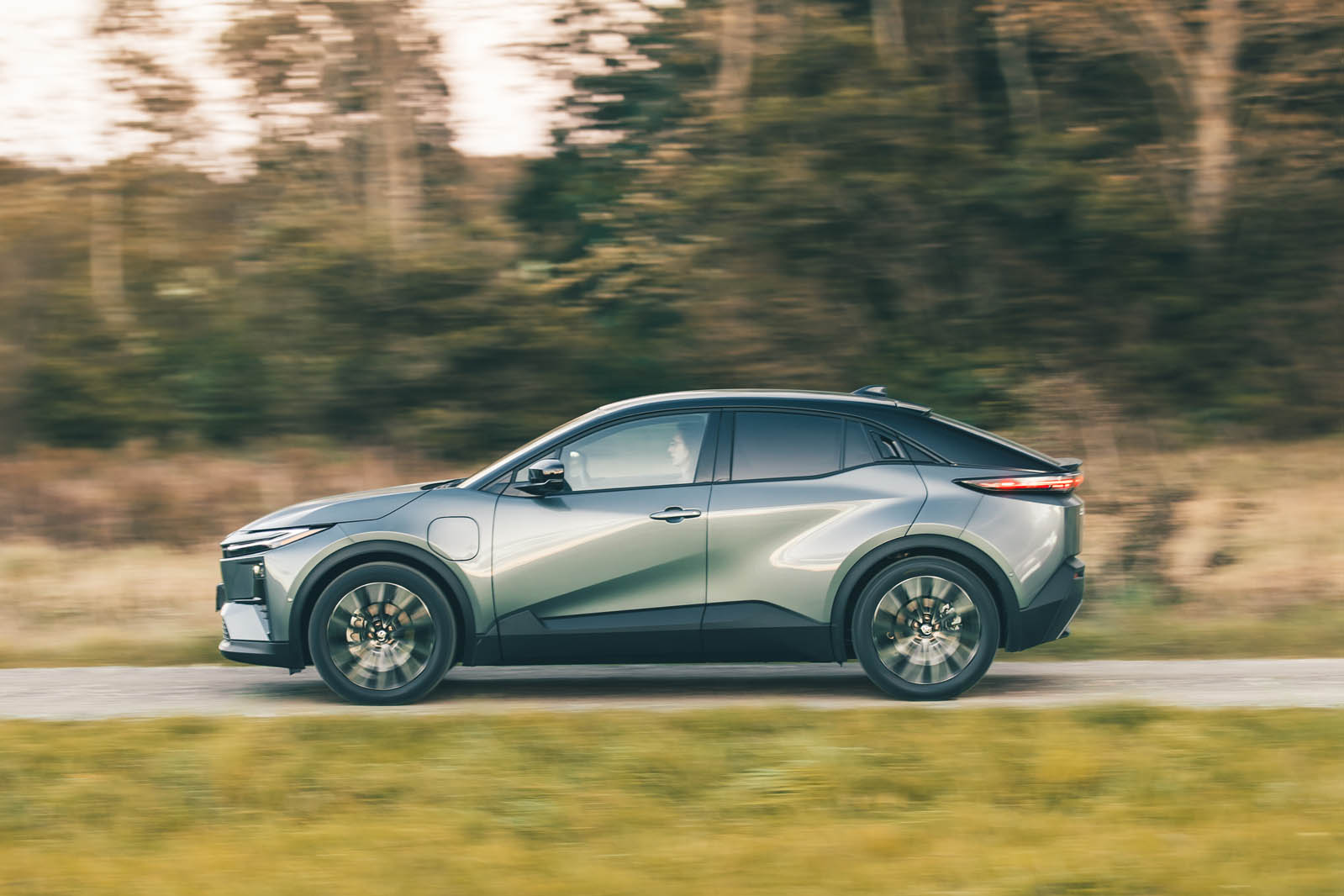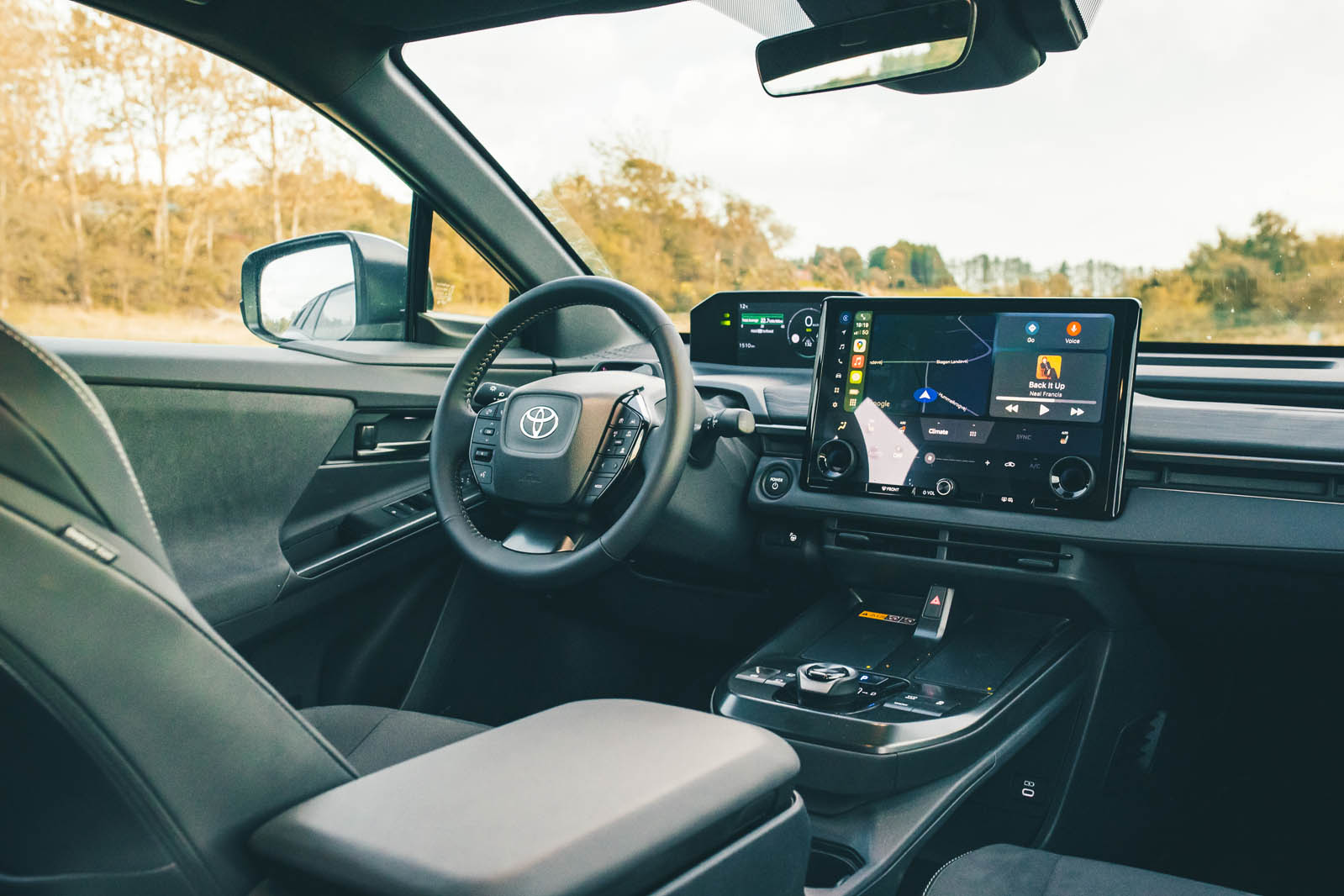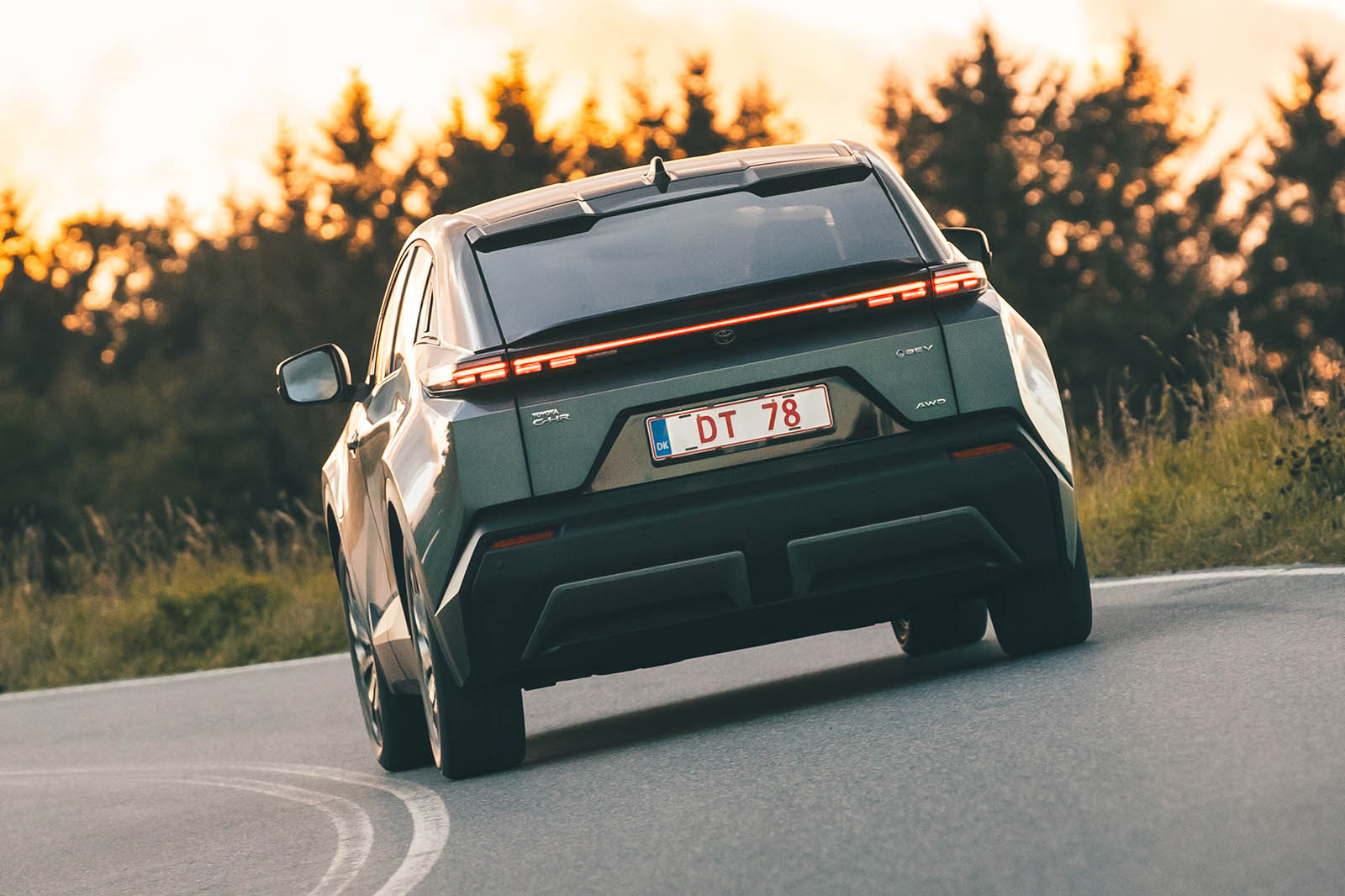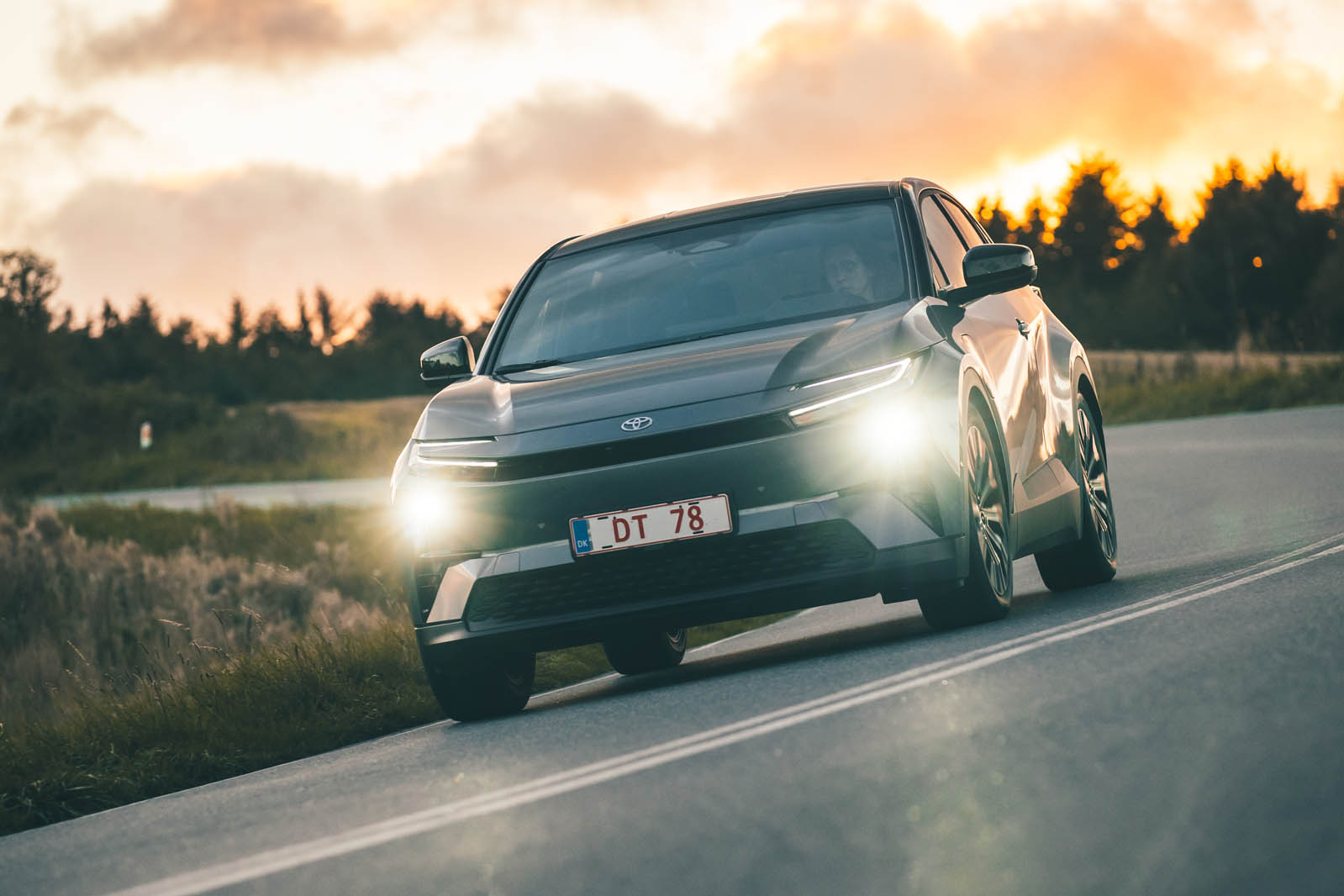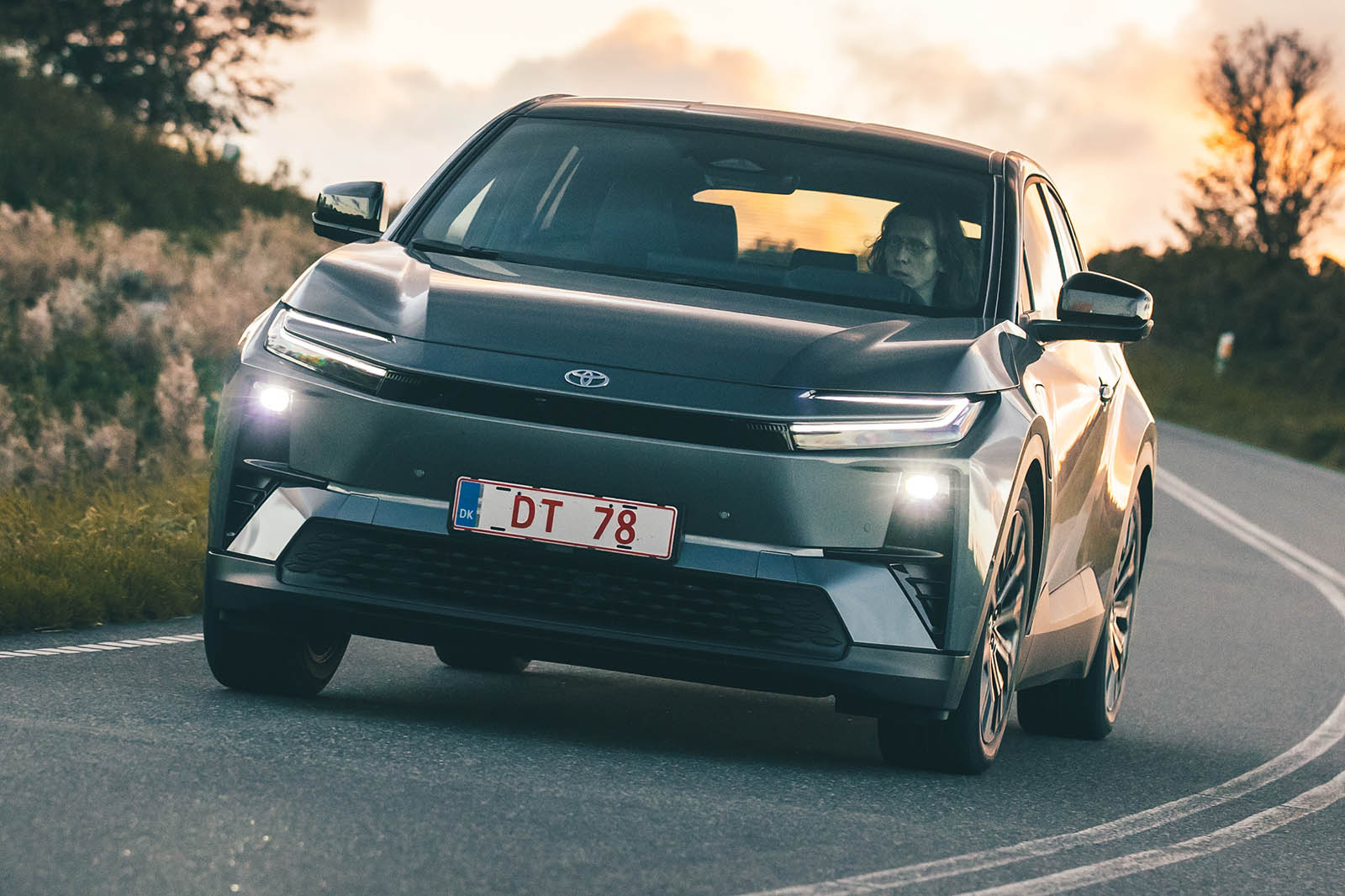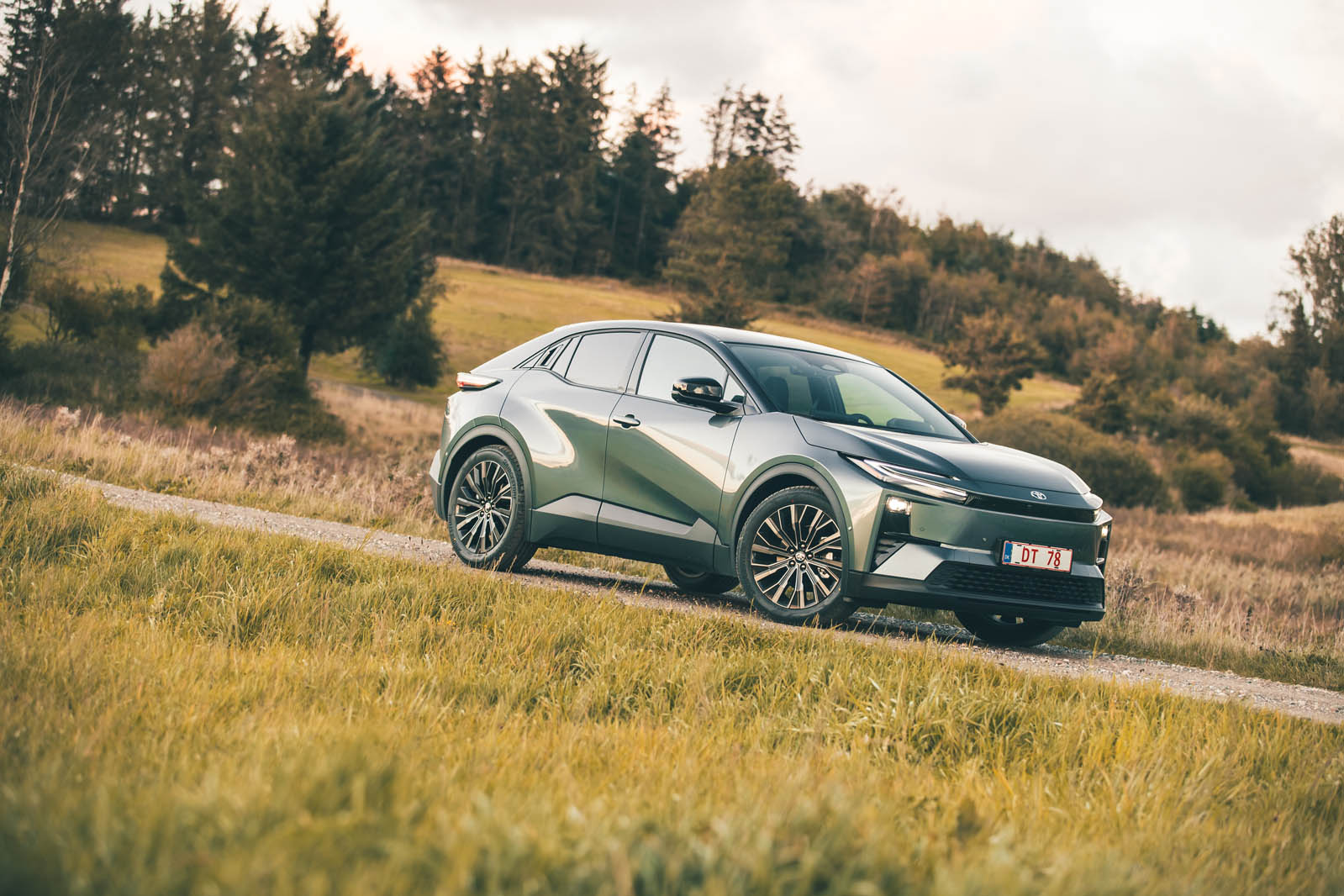While it’s hard to keep up with Kia’s relentless launch schedule – there appears to be a new, differently numbered EV every week – Toyota takes things more steadily.
Its approach has the slow but relentless momentum that comes with being the world’s largest car maker. And with momentum also comes inertia – and that complicates changes of direction, in particular the one needed to do electric cars well. Toyota loves its hybrids but has been very slow to come up with the EVs that it does need in Europe. The new Toyota C-HR+ is only its second mainstream EV, after the bZ4X. It will soon also launch the Urban Cruiser, of course, but that’s a Suzuki underneath.
Didn’t it already have a C-HR? Well, yes – the regular C-HR is its Volkswagen T-Roc- and Nissan Qashqai-sized sensible-but-supposedly-stylish hybrid SUV, but the ‘+’ in the new name indicates that it’s the completely unrelated electric equivalent of roughly the same size. Obvs. At least with this week’s new Kia, the name tells you what powers it and where it sits in the range…



